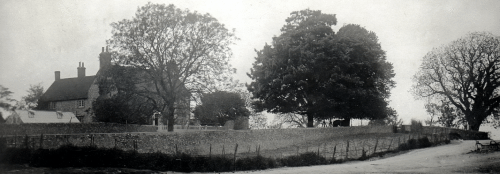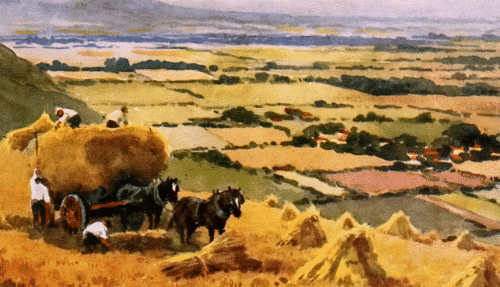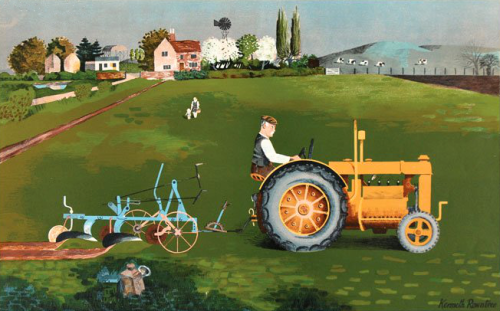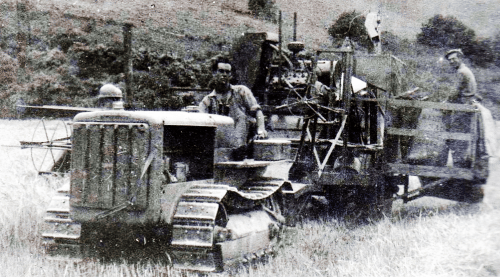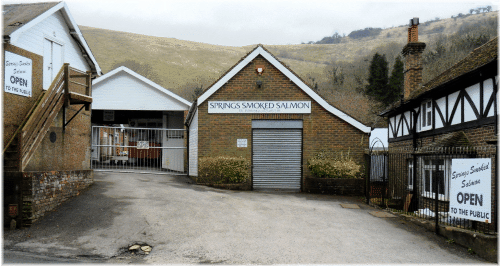Over time the family had been able to purchase the farm and the size of the holding had been greatly increased. Six of the seven sons gradually left Silton once they had saved enough money to branch out on their own, leaving the youngest brother as tenant at Silton, until, at a later date, he was able to buy out his brothers. My father (Henry) married my mother Amy in 1920 and left the family farm in Dorset in the same year. At first Amy stayed behind while Henry moved to Sussex and rented a large farm of about 800 acres in Fulking called Perching Manor. This was in Crown ownership and later more land, adjoining the farm, belonging to Brighton Corporation, was rented. The land associated with these farms had become very run down and it took several years to return the land to good health. Amy came out to join her husband in 1922.
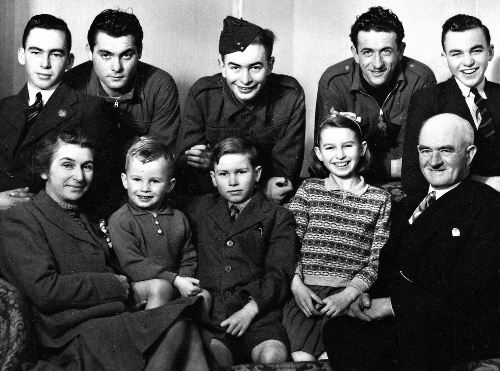
The Harris household in 1943. Front: Amy, Alban, Edwin, Susan, Henry. Behind: Brian, Adolfo Marine [POW], Henry, Carlo Mazon [POW], Geoffrey.
Henry won various scholarships first to Oxford and then to American Institutions. He later became a professor aged 23. He took out American citizenship and spent the rest of his working life teaching classics in the USA and Canada. He retired to Vancouver Island in British Columbia and died in March 2007.
A large part of the farm was on top of the Downs where there were cottages for the farm labourers and stabling for the horses. A large flock of sheep was maintained and the land was kept fertile by folding them over land that was used for growing turnips, swedes and various brassica crops.
When war was declared in 1939, farmers were pressed into increasing productivity. Perching became much more mechanised and the acreage put to the plough was increased. A greater variety of crops was grown, including flax, potatoes and other vegetables. Any land worked by hobby farmers that was considered unproductive was confiscated and handed to more efficient farmers for the duration of war. My father’s acreage was considerably increased by the scheme.
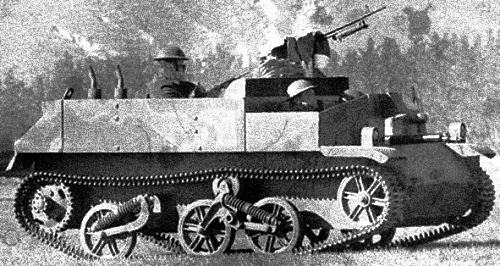
In 1942 three Italian POWs came and worked on the farm. They were billeted in the cellar at Perching Manor, which was a great help, as most of our young labourers had been called up. The Italians weren’t repatriated until 1947 and in the meantime we also acquired two German POWs who returned home in 1948. Before the Germans left we were allocated two Latvian displaced persons. One left for Canada after about 3 years, the other, Rudolf, remained at Perching for his entire working life.
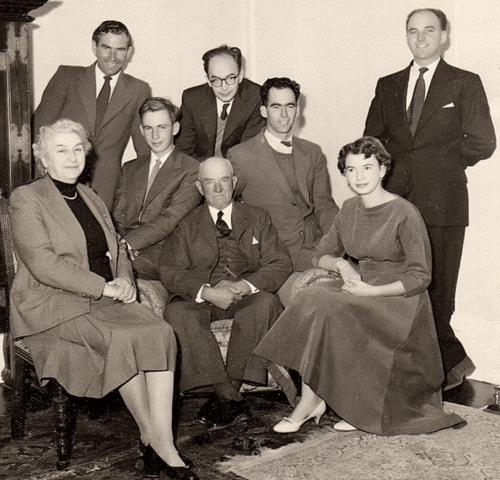
The Harris family in the late 1950s. Seated at front: Amy, Henry, Susan. Seated behind: Alban, Brian. Standing at rear: Edwin, Henry, Geoffrey.
In 1950 my father formed a partnership between himself and four of his sons (Brian, Geoffrey, Edwin and Alban). The farm was considerably enlarged in the 1950s with the largest addition being a 250 acre farm purchased at Findon, along with another of 160 acres at Small Dole. By 1960 the Harris holding was in excess of 2000 acres, about half of which was owned by the family and the other half rented.
By this time our milking herd was long gone. It had to be disposed of because it had become too difficult to get staff willing to start very early in the morning and work a seven day week. Perching became an arable, sheep and beef farm, growing about 1000 acres of grain, mainly barley, and maintaining a flock of 1000 breeding sheep and a herd of 250 beef suckler cows. Most of the animals were fattened and then sold on.
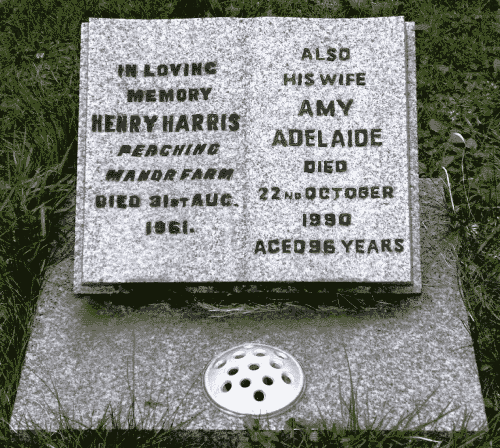
Henry Harris died in 1961 aged 72 and his wife Amy in 1990 aged 96. Amy had lived at Perching Manor for sixty years.
Brian took over running Perching Manor Farm, as his brothers gradually branched out to run their own farms. Edwin went into sheep farming and is now retired. Alban (Shiner) has land at Pyecombe and Fulking and rears beef cattle.
Geoffrey Harris, 2007
[Copyright © 2013, Geoffrey Harris. This memoir first appeared in Anthony R. Brooks (2008) The Changing Times of Fulking & Edburton. Chichester: RPM Print & Design, pages 350-354.]
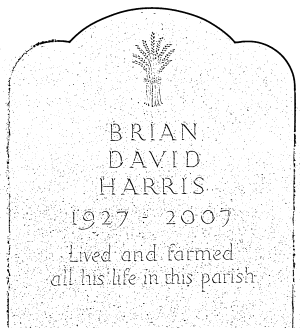
Editorial postscript: ill health forced Brian Harris to retire from farming in 2006. He died in July the following year and is buried in the churchyard at St. Andrew’s. His daughters took over running Perching Manor Farm.
Currently popular local history posts:


